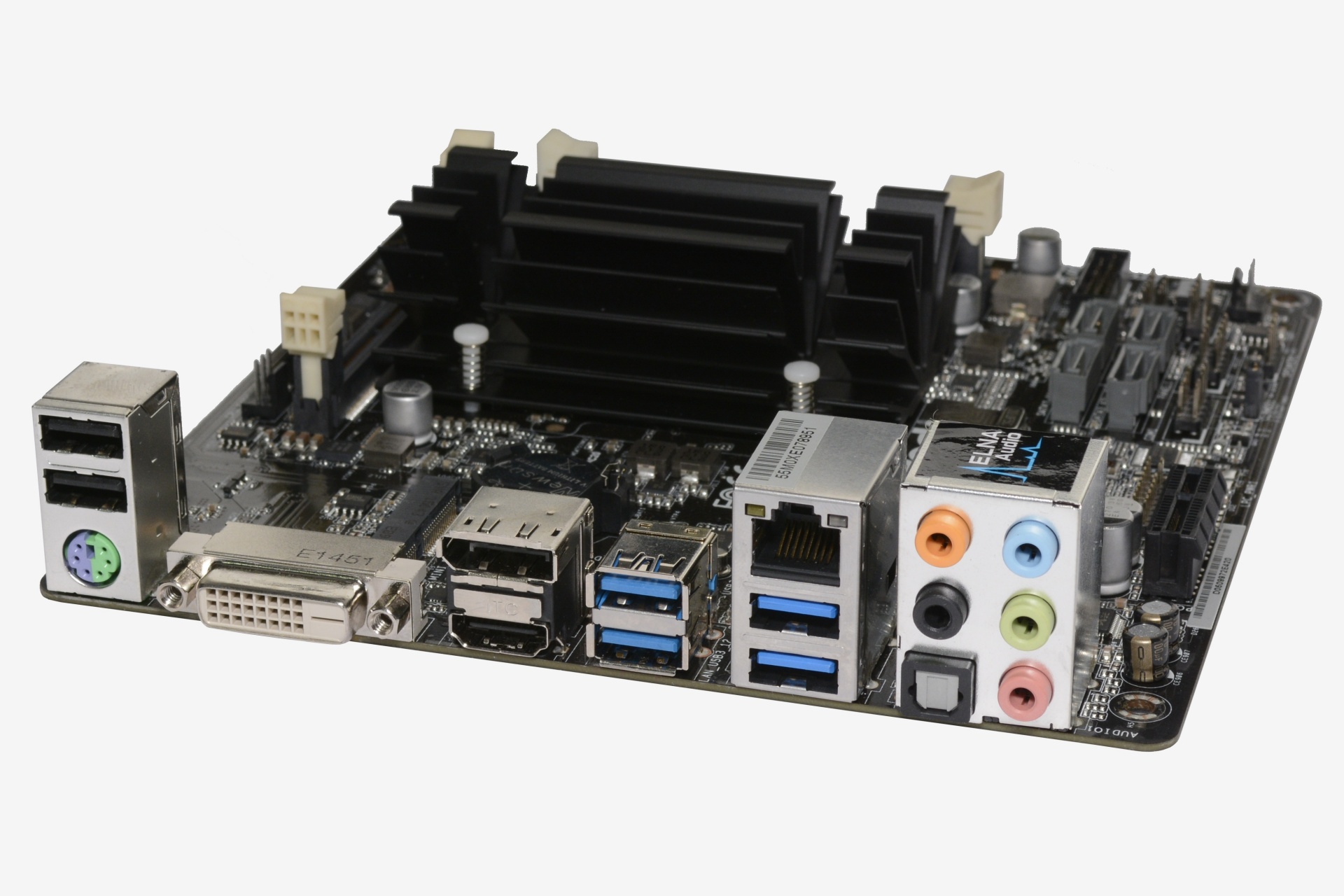RMerlin
Asuswrt-Merlin dev
Like many, I was taken by surprise when Intel announced they were scrapping plans for the currently scheduled Atom products for 2016, and they are pretty much abandoning that market segment.
What do you guys it will mean for NAS models that were filling that market segment? I've never been a big fan of ARM for a NAS, as the rest of the IO system seemed to be pretty shaky, compared to Intel's rock-solid SATA/USB support. I have a feeling that it means that this segment might disappear, customers being redirected to lower-end ARM or higher-end Celerons. Unless Intel starts pushing out Celerons at the same price level as Atom SKUs, which would probably make the most sense, tho thermal/power usage isn't where the Atom used to be... yet.
What do you guys it will mean for NAS models that were filling that market segment? I've never been a big fan of ARM for a NAS, as the rest of the IO system seemed to be pretty shaky, compared to Intel's rock-solid SATA/USB support. I have a feeling that it means that this segment might disappear, customers being redirected to lower-end ARM or higher-end Celerons. Unless Intel starts pushing out Celerons at the same price level as Atom SKUs, which would probably make the most sense, tho thermal/power usage isn't where the Atom used to be... yet.


